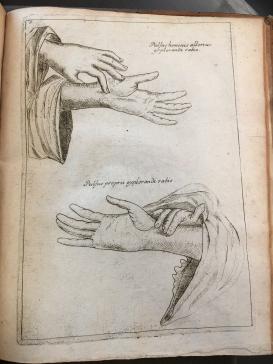In the seventeenth and eighteenth centuries, when European sojourners in China introduced Chinese pulse diagnosis to the West, many of them deployed graphic representations of the art. This also featured in the Jesuit missionary Michał Boym’s (c. 1612–1659) renowned Specimen Medicinae Sinicae (Frankfurt, 1682). Anatomizing the visual components of this treatise, this project explores how medical practice and ideas were translated between cultures in the First Global Age. It collects Chinese pulse treatises from the Ming-Qing period and analyzes their illustrations and diagrams to examine the roles of image in vernacularizing ancient medical classics at that time. Utilizing this data, it also traces the selection and compilation of the pulse images in Specimen, and provides new evidence of the translators’ extraction of local knowledge. Furthermore, it sheds light on the reception of the images in Europe, and shows how early Enlightenment scholars reached widely different conclusions in their imagining of Chinese medicine.

Alleged manual gestures in Chinese pulse diagnosis. Andreas Cleyer, Specimen Medicinae Sinicae (Frankfurt, 1682). Courtesy of The Queen’s College Library, Oxford.
Project
(2022)
